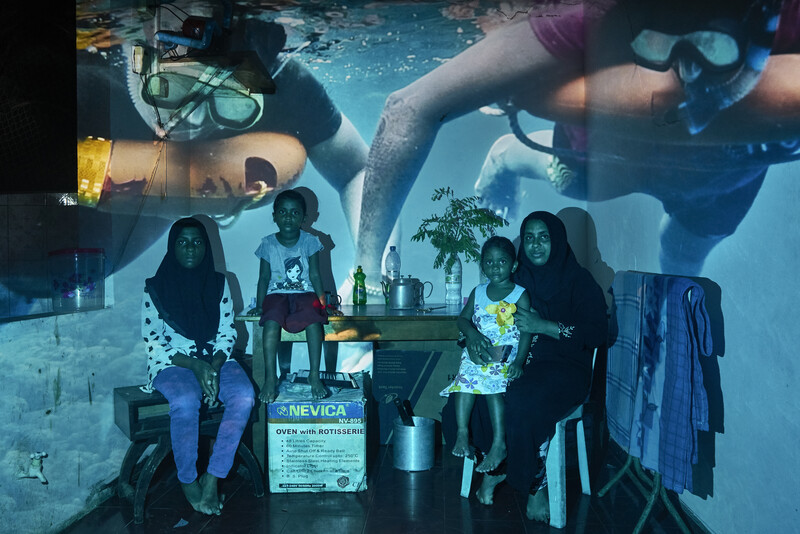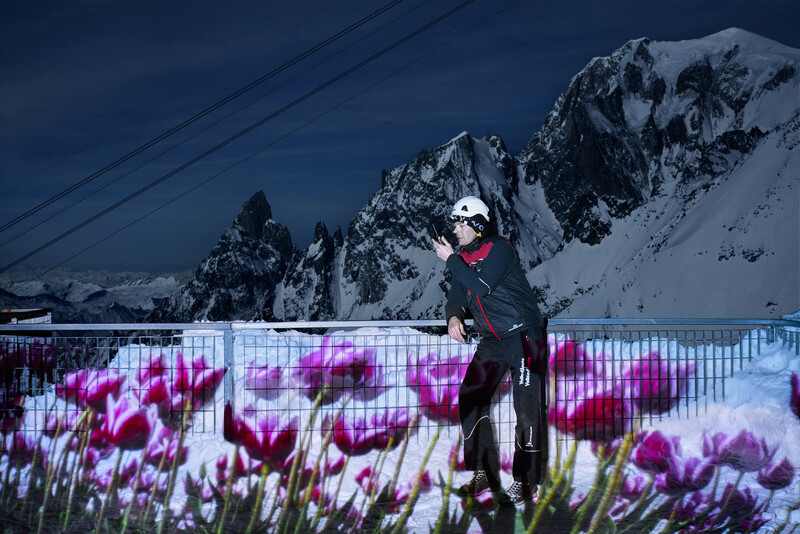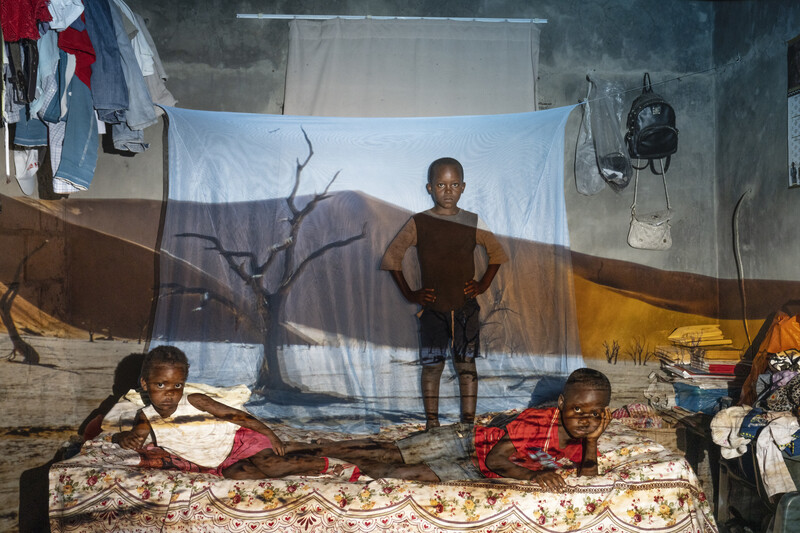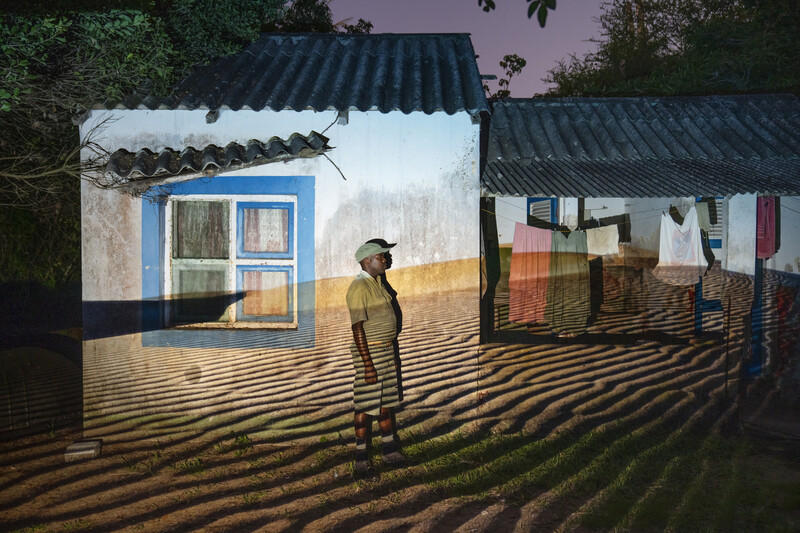Atlas of the New World
© Giulia Piermartiri + Edoardo DelilleWhat will the atlas on which future generations will study look like? Due to climate change, some of the most radical transformations on the map of the world will only be visible over a few decades.
How can a photograph show the future?
These questions led us to the idea of the Atlas of the New World project. Following climate data from the United Nations, we went to photograph what will be the landscape of some places at the end of the century.
Photography is a medium that usually depicts the present. Our idea, however, was to find a way to show the future in relation to the world we live in today.
With a special slide projector, we physically projected onto the landscape the image of its possible transformation.
The result is complex and dreamlike photographs that become a metaphorical projection of a not too distant future.
The project consists of 4 chapters taken on 4 continents, in the places most subject to morphological changes.
Diving Maldives
The Maldives archipelago holds the record for the lowest country in the world. With an average height of only half a meter, it will be the first state to be submerged due to rising sea levels.
After collecting a series of slides of underwater scenes, we projected them onto the streets and homes of the inhabitants of the different islands.




California Drought
Record-breaking temperatures, wildfires and drying rivers threaten to end
the 'American Dream'. If greenhouse gas emissions continue to increase, the
temperature will rise 8°C by 2100, the frequency of devastating fires will
increase, and 88% of California will be in extreme drought.California Drought was shot in Northeast California, where year after year, these phenomena are repeated with increasingly irreversible effects.




Flowering Heights
The Mont Blanc massif is the highest mountain range in Europe. What was once considered the symbol of perennial glaciers has now become the symbol of climate change. Scientists predict that by 2100 the glacier mass will be only 5% of what it is today, disrupting ecosystems and the communities living there.
Flowering Heights was shot in Val Ferret, a valley at the foot of the melting glacier.




Africa Blues
Despite contributing only 5% of pollutant emissions, Africa is the continent
that pays the highest price for climate change. In 2019 alone, floods,
droughts and famine have generated 2.5 million refugees. Mozambique in
particular, especially along its 2500 km coastline, is among the most
vulnerable African countries to natural disasters. Coastal erosion, frequent
droughts, devastating cyclones and floods are episodes that now alternate
and recur every year, affecting and destroying entire villages and
compromising agricultural harvests.



click to view the complete set of images in the archive
